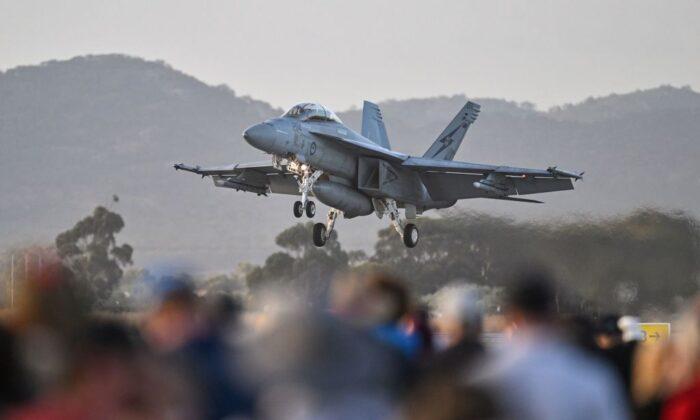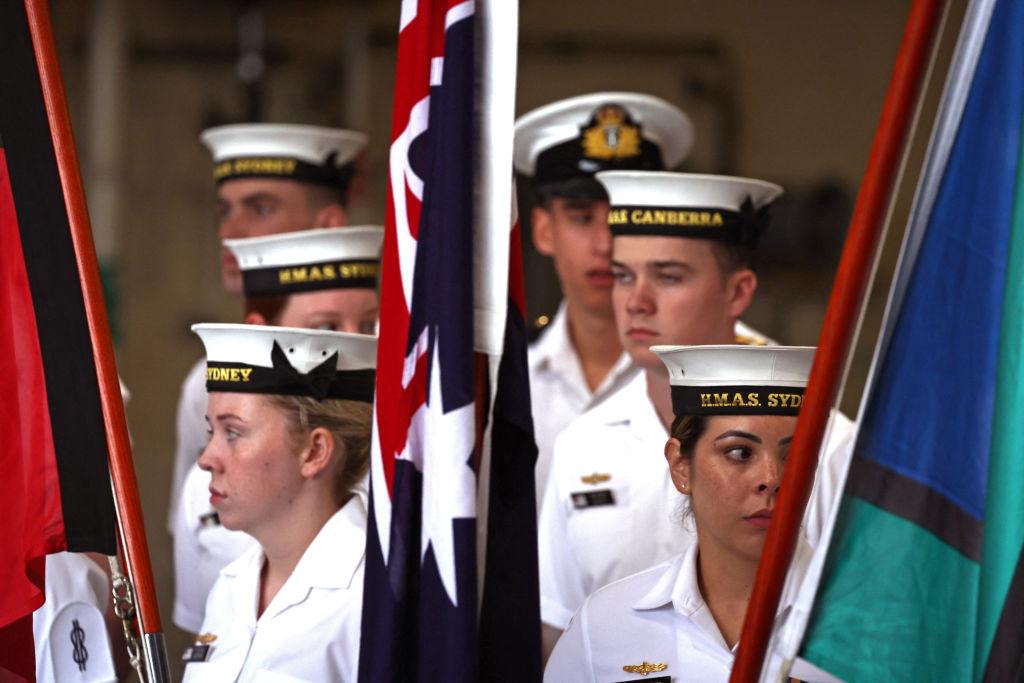Australia faces the most dangerous and uncertain region since the Second World War. This is the stark conclusion of the Defence Strategic Review which was released on the eve of ANZAC Day.
The conclusion is not new: co-author, Sir Angus Houston, 75, the former Chief of the Australian Defence Force (ADF), said previously that it is the most dangerous era in his lifetime.
“China’s military build-up is now the largest and most ambitious of any country since the end of the Second World War,” wrote the authors.
“This has occurred alongside significant economic development, benefitting many countries in the Indo-Pacific, including Australia. This build-up is occurring without transparency or reassurance to the Indo-Pacific region of China’s strategic intent.
China’s assertion of sovereignty over the South China Sea threatens the global rules-based order in the Indo-Pacific in a way that adversely impacts Australia’s national interests. China is also engaged in strategic competition in Australia’s near neighbourhood.”
The source of the identified danger is clearly China, although the Review still downplays the Chinese Communist Party’s (CCP) own claims.
Chinese leader Xi Jinping has not hidden his ambitions. To the contrary, he repeats his desires for Chinese hegemony regularly.
At least the CCP understood the context of the document, immediately reacting to it, with Chinese foreign ministry spokesperson Mao Ning saying that they didn’t want countries to “use China as an excuse” to expand their military power nor wanted any hype around “groundless China threat arguments.”
Warnings and Goals Are Clear
The Review is clear that Australia’s immediate region encompassing the northeastern Indian Ocean through maritime Southeast Asia into the Pacific, including our northern approaches, should be the primary area of military interest for its defence force.
“In the contemporary strategic era, we cannot rely on geography or warning time. Regional military modernisation, underpinned by economic development, has meant that more countries are able to project power across greater ranges in all five dominions: maritime, land, air, space, and cyber. Emerging and disruptive technologies are being rapidly translated into military capability.
“While there is at present only a remote possibility of any power contemplating an invasion of our continent, the threat of the use of military force or coercion against Australia does not require invasion.”
Accordingly, “A strategy of denial is a defensive approach designed to stop an adversary from succeeding in its goal to coerce states through force, or the threatened use of force, to achieve dominance.”
“Denial is associated with the ability and intent to defend against, and defeat, an act of aggression.”
We Need Actual Outcomes
While the Review’s conclusion is welcome, the response to it is critical.Defence has been wreaked by institutional inertia for decades. While being steeped in old rules is admirable, its bureaucratic layers have undermined the agility required to respond to new dangerous circumstances.
Coupled with a preference for bespoke military equipment, Defence has been tardy in the timely acquisition of the items necessary to meet future threats.
The government’s response to date does not engender a great deal of confidence in this situation changing.
The release of the Review on the eve of ANZAC Day also raises suspicions about the government’s commitment.

First, many decisions about equipment are still to be made. The most egregious example is the recommendation to have yet another review of Australia’s naval surface ships. Wasn’t that the purpose of this Review?
Secondly, the identified need to significantly and urgently increase missile stocks is not accompanied by proposals of how this will occur.
Nor is the missile announcement as impressive as it might seem. A missile with a range of 500 kilometres (310 miles) fired from Darwin would not reach Timor-Leste, let alone most of the Indo-Pacific!
Thirdly, the subsequent announcement of a $3.4 billion (US$2.3 billion) investment in a defence technology and innovation hub over the next decade is inadequate. It also looks like another Defence-run operation.
The Defence Capability Assurance and Oversight Bill that Senator David Fawcett has introduced into the Parliament should be adopted to provide much-needed supervision of Defence acquisitions.
Finally, and most significantly, the government has not provided the funding necessary to ensure the defence the Review identified as essential for future security.
Defence expenditure of two percent of GDP was set as a floor by the former Abbott government, not a ceiling. The reality is that an expenditure of three percent of GDP is required if Australia is to be adequately defended.
The government should set out a concrete plan to reach that level of expenditure in the coming years. Business as usual will no longer secure Australia.





